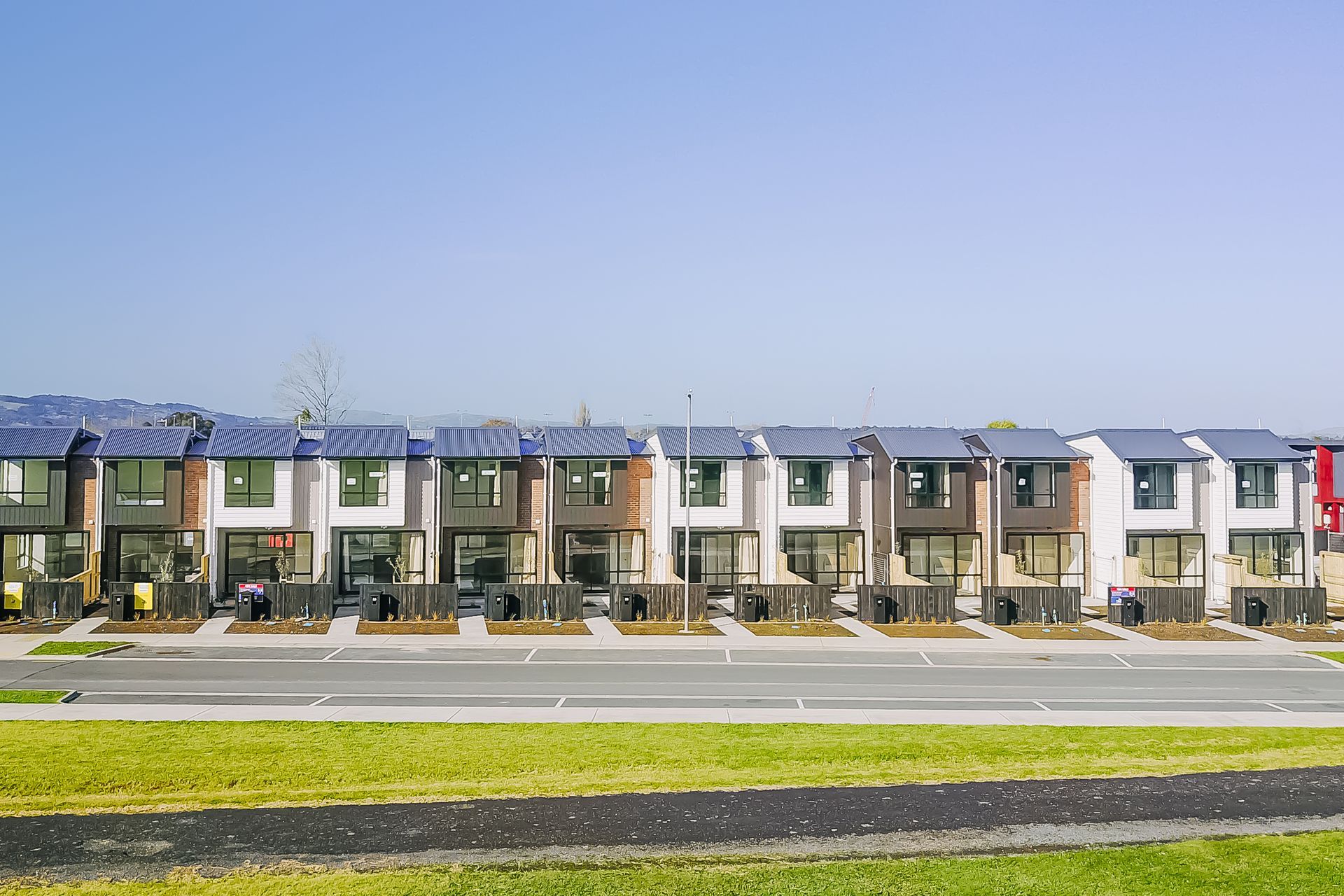Avoiding common pitfalls in the home building process: expert advice for a smooth project
Written by
13 June 2024
•
5 min read

When choosing to build, there are several key factors that can either make or break a project. Timeline delays, budget blowouts, under-qualified contractors, unforeseen issues and miscommunications around project delivery are some of the biggest culprits when it comes to making the building experience unenjoyable. But there are ways those on a building journey can mitigate these challenges from the outset of the project. We spoke to Diamond Homes general manager Janet Yu to learn the most common pitfalls and how to prevent or resolve them.
Delays to the construction programme
Delays in construction are common and can be caused by a number of challenges including: delayed materials; changes to the home’s design after the building consent has been issued; bad weather; and labour shortages. But there are ways to reduce the likelihood of these problems occurring, says Yu.
“Solutions to these challenges include establishing good relationships with suppliers to ensure timely deliveries, hiring experienced and qualified workers to maintain construction quality, and creating detailed construction plans before the project begins to minimise design changes.”
Yu says clear communication is the key to avoiding misunderstandings and delays. Project managers and builders should follow strict project management processes, address issues promptly, and maintain communication with all parties to reduce delays and setbacks. On the client side, it’s equally important to maintain clear lines of communication.
“Ensuring clear project goals and expectations and regularly communicating with builders to follow up on project progress can help reduce issues and keep the project on track,” says Yu.

Ways to prevent delays
Even before the first sod is turned, there are ways to mitigate future issues cropping up. Proper planning and budgeting play a crucial role in ensuring a smooth home-building project. Planning includes applying for building permits and getting approval, understanding how the building will comply with building codes and standards, health and safety legal liability around the build itself, and environmental compliance and contractual obligations. For homeowners on their first build journey, it can be daunting to wrap their heads around, but it’s important to understand and plan around these to know whether their builder is on track.
Delays often have an impact on timeline, which in turn impacts on the cost of the build, says Yu. It’s important for clients to keep track of their budget throughout the build process, and make payments on time to prevent further delays.
“Clients can budget their expenses and control fund allocation, in order to reduce project delays.”
Changes to the design are another common area that creates timeline delays and cost increases. The fewer changes to the approved design, the better. This is not only because re-designing and re-submitting building consents is costly, but also because the scope of the project changes each time a design change is implemented. This can mean the cost of the project spirals upwards. Yu’s advice is to spend time nailing down the design in the very beginning, and to keep written track of any changes to the scope of the project.
“Ensure that all changes are documented in writing and formally approved by all parties; work with the construction team to develop a revised schedule and budget the changes effectively.”
Avoid unqualified or uninsured contractors
When engaging contractors, it’s crucial they carry the correct licenses and qualifications to deliver the project, as well as insurance to protect both parties should anything go wrong.
“Builders or contractors who are not properly licensed or insured may not meet legal requirements or industry standards, posing a risk to the homeowner,” warns Yu.
Ask your builder for their qualifications and look them up on the Licensed Building Practitioner database. Using a reputable lead contractor will also mean they will have relationships with other reputable subcontractors, creating less work for the client when it comes to checking their reliability and qualifications.
Yu says there are some key warning signs that should signal to clients that the contractor may not be qualified or reputable.
“An unrealistically low price: builders or contractors who offer significantly lower price than others may cut corners on materials, labour, or permits, leading to subpar workmanship or legal issues.”
Not supplying a written contract or agreement is another warning sign.
“Builders or contractors who refuse to provide written contracts or agreements detailing project scope, timelines, costs, and responsibilities may be unreliable or untrustworthy.”

How to ensure a smooth build process
One of the most important decisions you make for any building project is the construction company that you use, so it pays to be discerning and do your research.
Ask for recommendations, references from former clients and examples of work completed by the contractor.
Once you’ve secured your construction company, do some research into New Zealand's building practices, consent requirements and health and safety practices. Armed with this information, you can then dive into the planning of your project.
“Set up goals, maintain open and honest communication with the builder through the project and stay positive: focus on the end result of having the dream home.”
When issues crop up, Yu recommends staying calm because a reputable building company will have a raft of knowledge and experience to deal with your issue.
“The calm mind is better equipped to find solutions when facing problems. Communicate openly with the build team and other parties to address the problem quickly, thereby minimising its impact on the project timeline.”
Explore projects by Diamond Homes